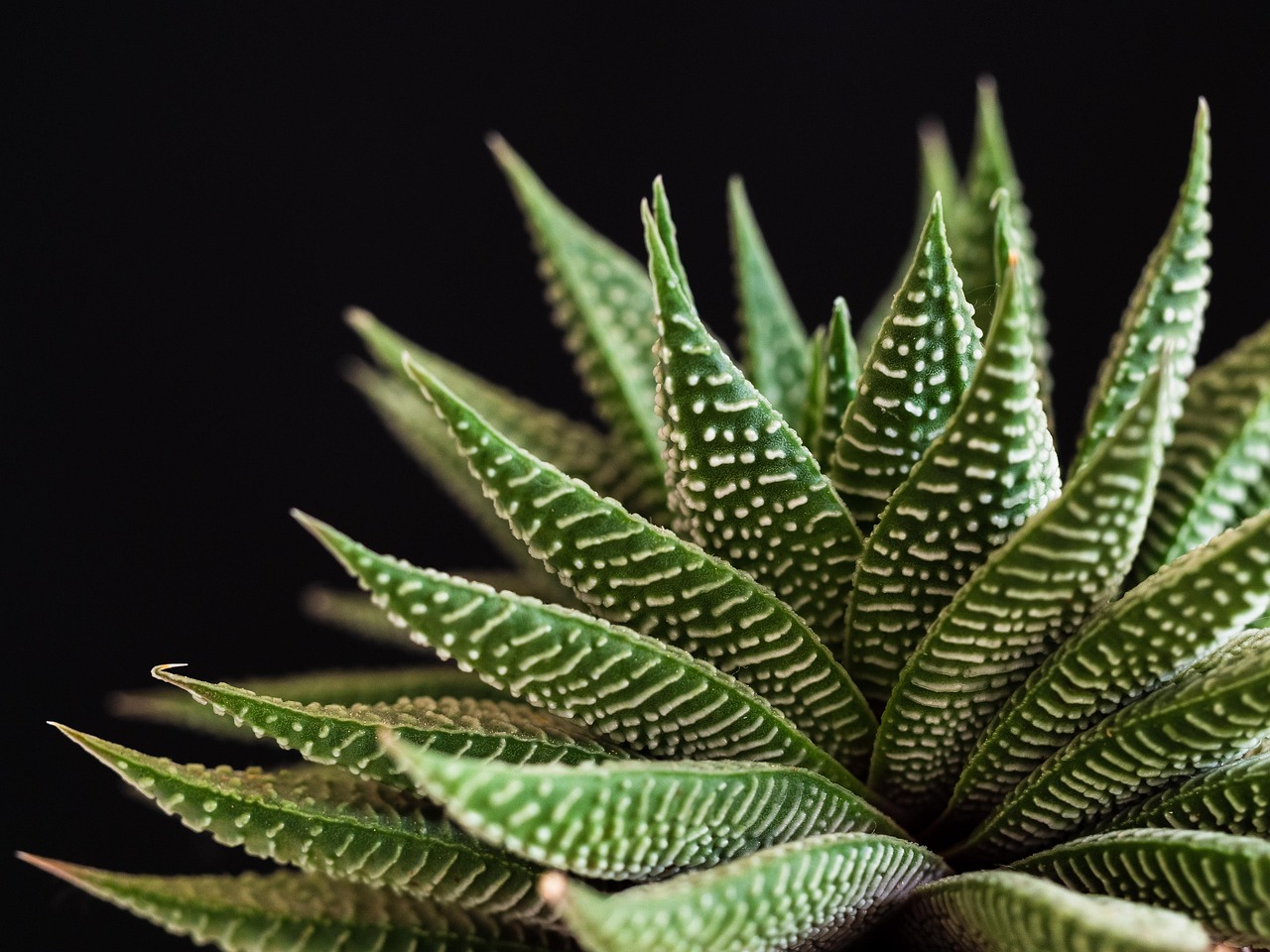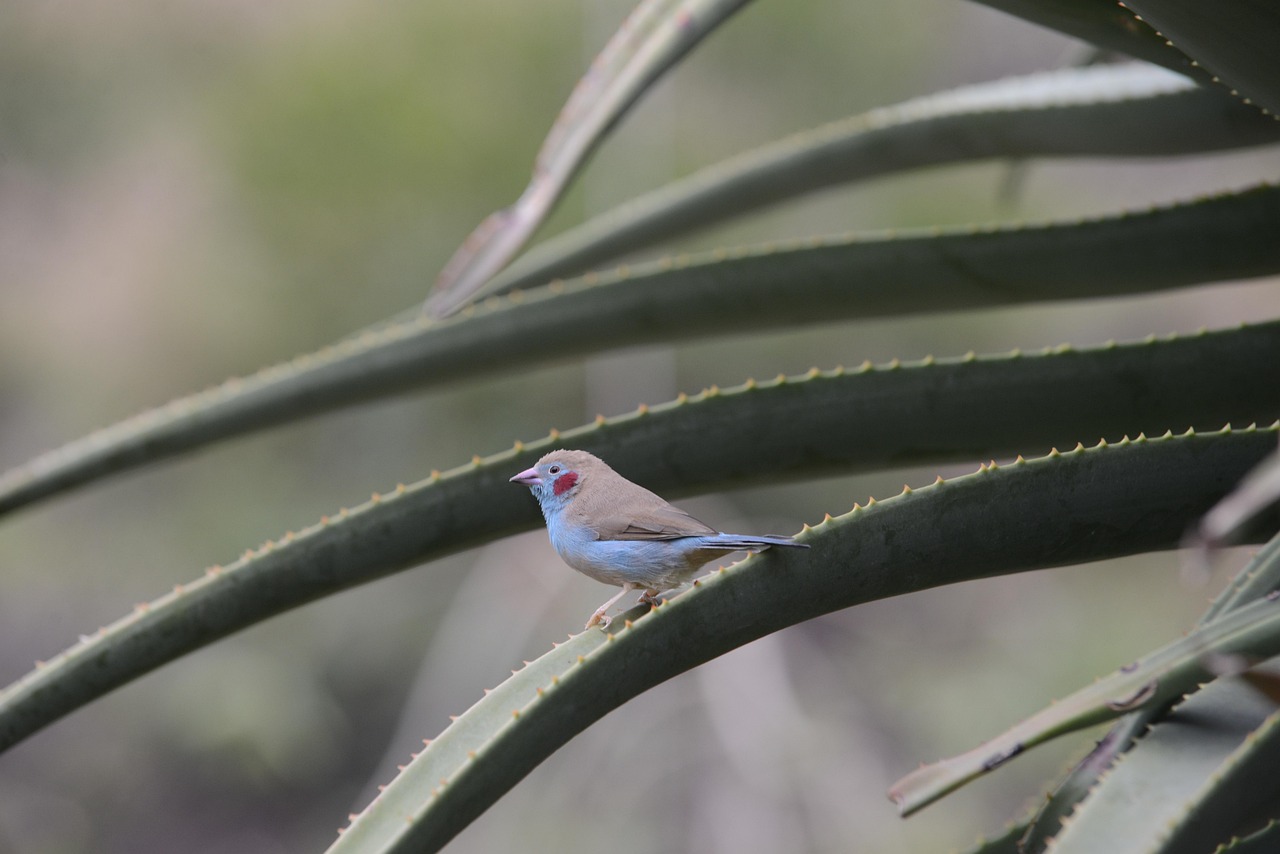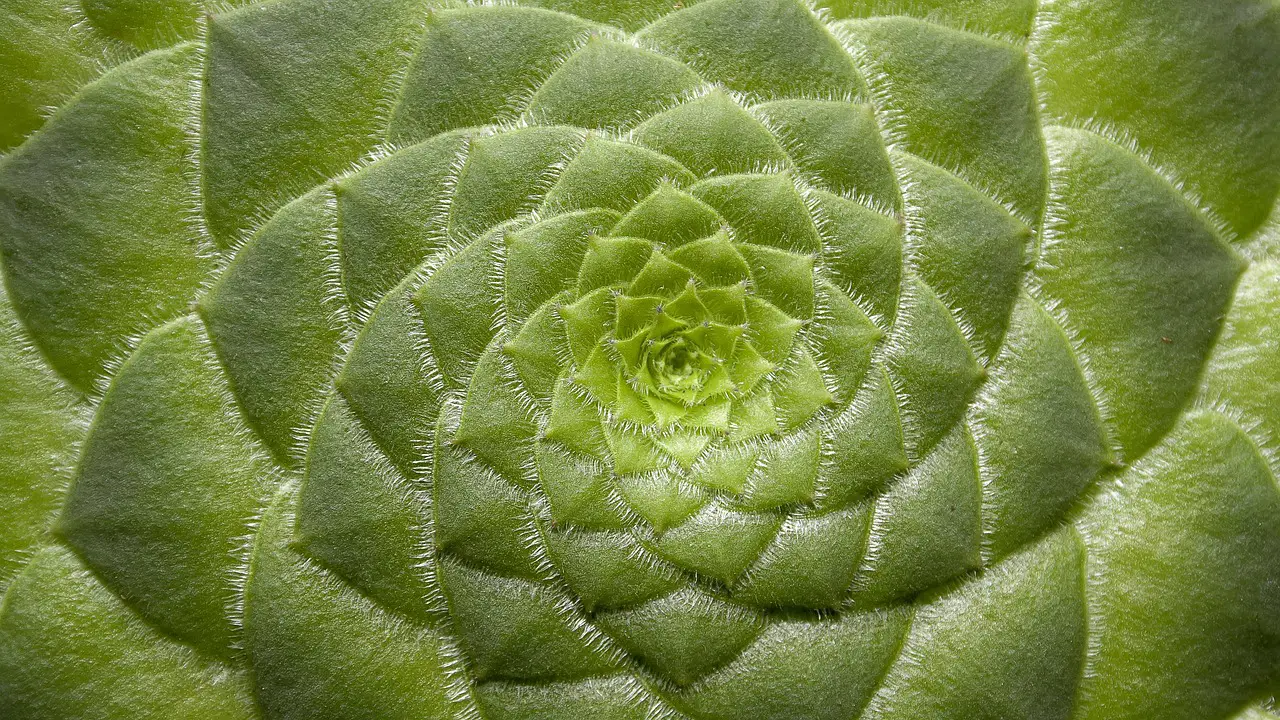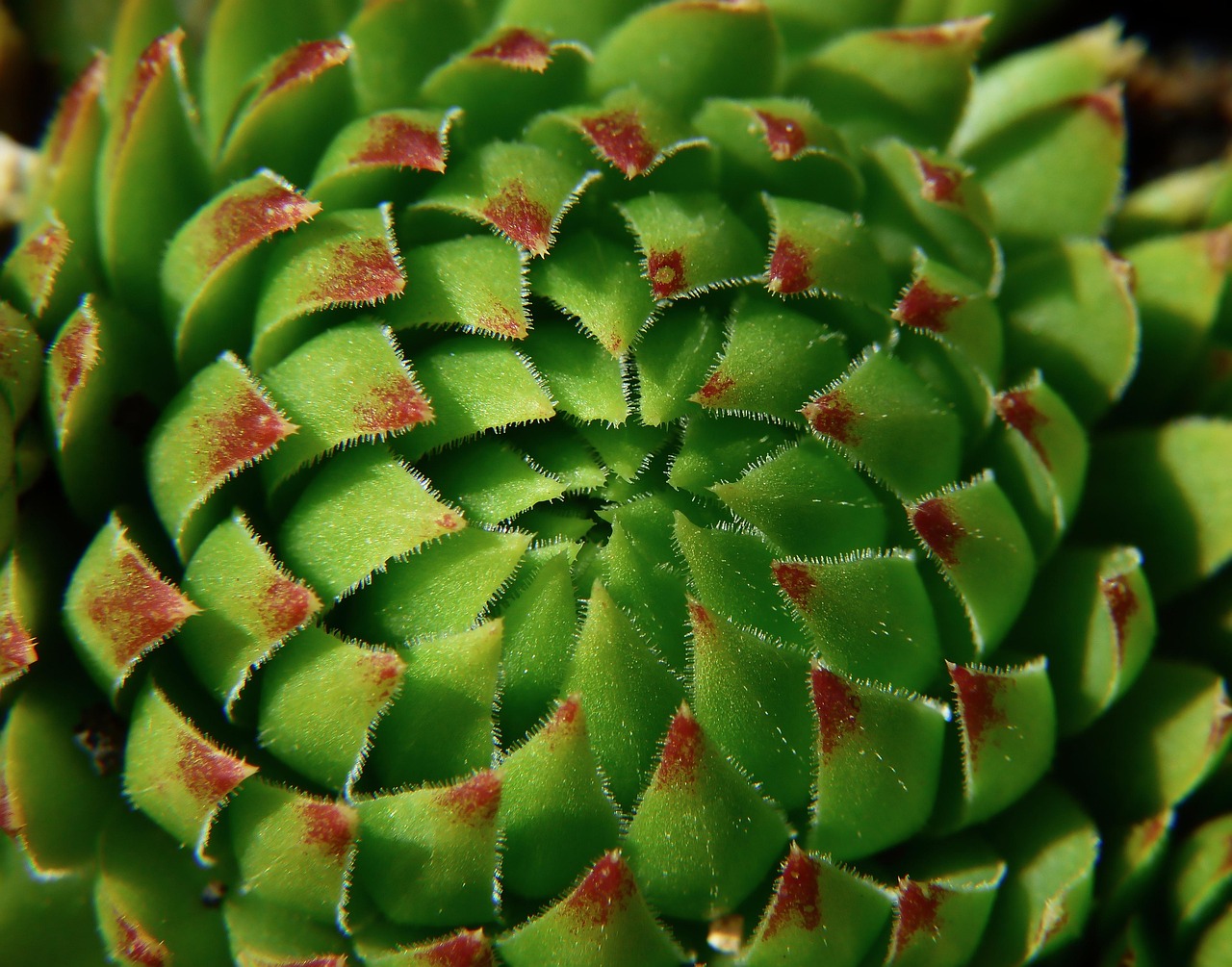Creating a stunning succulent terrarium is easier than you might think. With a few simple steps and some essential materials, you can craft a beautiful mini-garden that brings life to any space. This guide will walk you through the process, ensuring your project is both enjoyable and rewarding.
Succulent terrariums are popular for several reasons. They are low-maintenance, adding a touch of greenery to your home or office without requiring extensive care. Succulents, with their unique shapes and vibrant colors, can thrive in various environments, making them perfect for indoor gardening. Additionally, building a terrarium allows you to express your creativity, as you can customize the design to reflect your personal style.

Before diving into the DIY steps, it is essential to gather some background information on the components that will make your terrarium successful. A terrarium is essentially a self-contained ecosystem. It requires careful selection of plants and materials to ensure it remains healthy and visually appealing.
Essential Components of a Succulent Terrarium
To create a thriving succulent terrarium, you will need specific materials and tools. Understanding these components will help you choose the right items for your project. Below is a list of essential items you will need:
- Glass container (jar, bowl, or vase)
- Cactus potting soil
- Small stones or gravel
- Activated charcoal (optional, for odor control)
- Succulent plants of your choice
- Decorative elements (rocks, crystals, figurines)
- Gardening tools (tweezers, small shovel)
Each component plays a crucial role in the health and aesthetics of the terrarium. For instance, the glass container allows light to enter while keeping humidity levels stable. Cactus potting soil provides excellent drainage, which is vital for succulent health. The small stones or gravel at the bottom create drainage layers to prevent water from accumulating.
Benefits of Creating a Succulent Terrarium
Building a succulent terrarium offers numerous benefits beyond aesthetics. Here are some advantages that make this project appealing:
| Benefit | Description |
|---|---|
| Low Maintenance | Succulents require minimal watering and can thrive in various light conditions. |
| Creative Expression | You can personalize your terrarium with different plants and decorative elements. |
| Air Purification | Plants can help improve indoor air quality by filtering toxins. |
| Stress Relief | Caring for plants has been shown to reduce stress and promote well-being. |
These benefits make creating a succulent terrarium an attractive hobby for anyone looking to enhance their living space or find relaxation through gardening. As you embark on this DIY journey, remember to enjoy the process and allow your creativity to shine.
Now that you understand the essential components and benefits, it’s time to gather your materials and prepare for an exciting crafting experience. In the following sections, we will explore the step-by-step process to ensure your terrarium is not only stunning but also thriving.
Choosing the Right Succulents

One of the most important steps in creating a stunning succulent terrarium is selecting the right plants. Succulents come in various shapes, sizes, and colors, making them a versatile choice for terrariums. However, it is essential to choose varieties that will thrive together in the same environment.
Popular Succulent Varieties
Here are some popular succulent varieties that work well in terrariums:
- Echeveria: Known for its rosette shape and vibrant colors.
- Haworthia: Small, hardy plants that require minimal care.
- Jade Plant (Crassula ovata): A classic succulent with thick leaves and a tree-like structure.
- Aloe Vera: A medicinal succulent that also adds a unique touch.
- Sempervivum (Hens and Chicks): Forms clusters of rosettes and is highly resilient.
When selecting succulents, consider their light and water needs. Some varieties prefer bright, indirect light, while others can tolerate lower light conditions. Additionally, ensure that the succulents you choose have similar watering requirements to avoid over or underwatering.
Preparing Your Terrarium Container

Before planting your succulents, it is crucial to prepare your chosen container properly. The right preparation will help create an environment where your plants can thrive.
Cleaning the Container
If you are using a repurposed container, start by cleaning it thoroughly. Remove any dust or residues that could affect the growth of your succulents. Wash the container with warm soapy water, then rinse it well to ensure no soap remains.
Creating Drainage Layers
A key aspect of terrarium health is proper drainage. Here’s how to create effective drainage layers:
- Small Stones or Gravel: Start by adding a layer of small stones or gravel at the bottom of your container. This helps prevent water from accumulating at the base.
- Activated Charcoal (Optional): If desired, add a thin layer of activated charcoal on top of the gravel. This will help filter any odors and keep your terrarium fresh.
- Cactus Potting Soil: Finally, add a layer of cactus potting soil on top of the charcoal. This special soil mixture allows for excellent drainage, which is essential for succulent health.
The thickness of each layer will depend on the size of your container. Generally, aim for about one inch of stones or gravel, followed by half an inch of activated charcoal, and then about two inches of potting soil.
Designing Your Terrarium Layout
Before planting your succulents, take some time to plan the layout of your terrarium. A well-thought-out design enhances the visual appeal and ensures that each plant has enough space to grow.
Design Tips
- Vary Plant Heights: Use taller succulents in the back and shorter ones in the front for depth.
- Create Balance: Distribute colors and textures evenly throughout the arrangement.
- Add Decorative Elements: Integrate decorative items such as rocks, crystals, or miniature figurines to create interest.
Once you have a clear design in mind, you are ready to move on to planting your chosen succulents. The next steps will guide you through the planting process to ensure your terrarium is both beautiful and healthy.

Planting Your Succulents
With your terrarium container set up and designed, it’s time to plant your succulents. This step is crucial for ensuring that your plants thrive in their new environment. Proper planting techniques will help your succulents establish roots and grow healthily.
How to Plant Succulents
Follow these steps for effective planting:
- Dig Holes: Use your fingers or a small gardening tool to create holes in the potting soil. Make sure the holes are deep enough to accommodate the roots of your succulents.
- Remove Succulents from Pots: Gently remove each succulent from its nursery pot. Be careful not to damage the roots during this process.
- Place Succulents in Holes: Position each succulent in its designated hole and fill in around the roots with potting soil. Ensure that the soil is packed gently, providing stability for the plants.
- Water Sparingly: After planting, lightly mist the soil with water. Avoid overwatering, as succulents prefer drier conditions.
It’s important to avoid burying the leaves of the succulents in soil. This can lead to rot and other problems. Instead, ensure that the leaves sit above the soil surface.
Caring for Your Succulent Terrarium
Once your succulents are planted, proper care is essential to keep them healthy and vibrant. Here are some key care tips to follow:
Light Requirements
Succulents thrive in bright, indirect sunlight. Position your terrarium in a well-lit area but avoid direct sunlight, which can scorch the leaves. Rotate the terrarium occasionally to ensure even exposure to light on all plants.
Watering Guidelines
Watering is one of the most critical aspects of succulent care. Here are some guidelines:
- Check Soil Moisture: Before watering, check the soil moisture by sticking your finger about an inch into the soil. If it feels dry, it’s time to water.
- Use a Spray Bottle: Lightly mist the soil with water rather than pouring it directly. This helps prevent overwatering.
- Avoid Water Accumulation: Ensure that water does not pool at the bottom of the terrarium, as this can lead to root rot.
Fertilizing Your Terrarium
While succulents do not require frequent fertilization, adding nutrients can help promote growth. Here’s how to fertilize your terrarium:
- Select a Balanced Fertilizer: Choose a balanced, diluted liquid fertilizer formulated for succulents.
- Apply Sparingly: Fertilize your plants every four to six weeks during the growing season (spring and summer).
- Avoid Over-Fertilizing: Too much fertilizer can harm succulents, so always follow the recommended dosage on the product label.
Common Issues and Solutions
Even with proper care, succulents may encounter issues. Being aware of common problems can help you address them quickly.
Pests and Diseases
Common pests include mealybugs and aphids. If you notice any pests:
- Remove by Hand: For small infestations, manually remove pests using a cotton swab dipped in rubbing alcohol.
- Use Insecticidal Soap: For larger infestations, consider using insecticidal soap as directed on the packaging.
Signs of Overwatering
If your succulents start to look mushy or discolored, you may be overwatering them. To resolve this:
- Adjust Watering Schedule: Allow the soil to dry out completely between waterings.
- Improve Drainage: If necessary, consider repotting with fresh potting soil and adding more drainage material.
Caring for your succulent terrarium is a rewarding experience that allows you to enjoy the beauty of nature indoors. With proper attention and care, your terrarium will flourish and bring joy for years to come.
Final Touches and Personalization
To make your succulent terrarium truly unique, consider adding personal touches that reflect your style. This can be as simple as incorporating decorative elements or choosing a specific theme for your terrarium.
Decorative Elements
Adding decorative elements can enhance the visual appeal of your terrarium. Here are some ideas:
- Rocks and Crystals: Use colorful stones or crystals to create a beautiful contrast with the greenery of the succulents.
- Figurines: Small figurines can add a whimsical touch. Consider animals, fairy houses, or miniature garden tools.
- Sand or Colored Pebbles: Layering these materials on top of the soil can give your terrarium a polished look and help retain moisture.
When selecting decorative elements, ensure they complement the succulents without overwhelming them. Balance is key to a harmonious design.
Themed Terrariums
You can create themed terrariums to reflect specific moods or styles. Some popular themes include:
- Desert Oasis: Focus on various desert succulents, sand, and rocks to mimic a desert landscape.
- Fairy Garden: Incorporate tiny fairies, mushrooms, and colorful stones to create a magical atmosphere.
- Zen Garden: Use simple shapes, smooth stones, and minimal plants for a calming, meditative space.
Themed terrariums not only showcase your creativity but also provide an engaging focal point in any room.
Maintenance Tips for Longevity
While succulents are low-maintenance, adhering to a few essential maintenance tips can ensure the longevity of your terrarium:
- Regular Monitoring: Keep an eye on your plants for any signs of distress, such as drooping leaves or discoloration.
- Seasonal Care: Adjust your care routine based on seasonal changes. During winter, reduce watering frequency as succulents enter dormancy.
- Pruning: As your succulents grow, you may need to prune them to maintain the desired shape and size. Remove any dead or damaged leaves promptly.
By following these maintenance tips, you can keep your terrarium thriving and looking beautiful for years to come.
Conclusion
Creating a stunning succulent terrarium is not just a fun DIY project; it is also a way to bring a piece of nature into your home. With the right materials, careful planning, and attention to detail, you can craft a vibrant mini-garden that reflects your personal style.
The journey of building and maintaining your terrarium provides opportunities for creativity and relaxation. Whether you choose to incorporate whimsical decorations or stick to a minimalist design, the possibilities are endless. Succulents are forgiving plants that can thrive in various conditions, making them ideal for both beginners and experienced gardeners alike.
As you embark on this rewarding endeavor, remember to enjoy the process. Every terrarium tells a story through its design and growth. With patience and care, your succulent terrarium will flourish, bringing joy and beauty into your living space.
